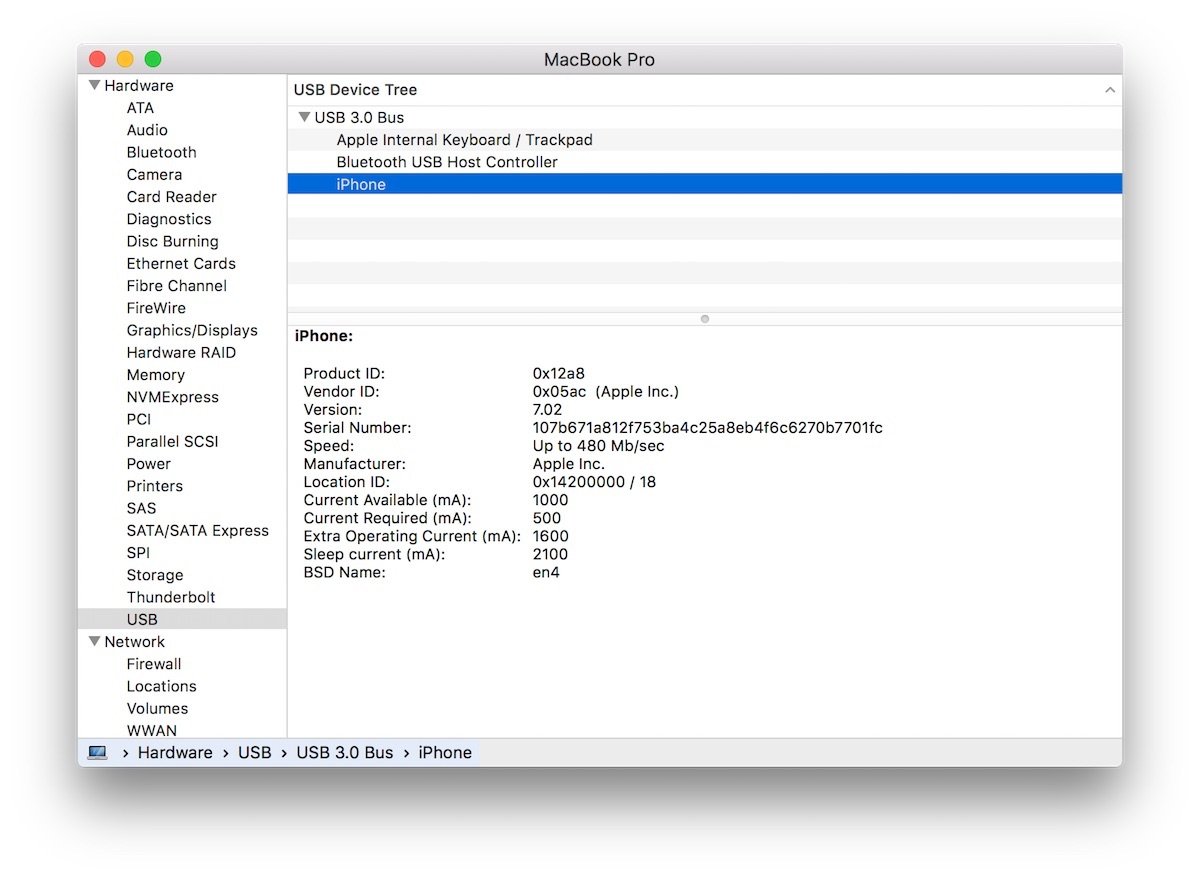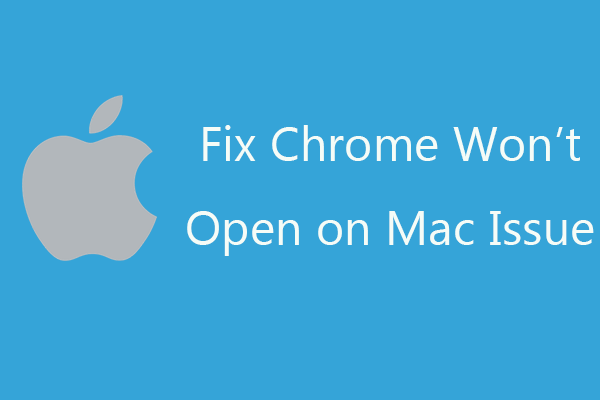
With this setup, RIS will retain EndNote database IDs, but any italics, bold, or other formatting set in fields will be lost. Navigate to your EndNote data folder (as described above), save the export file, then import into Zotero as described above. In EndNote, export your library as above, setting “Save as type:” to “Text file (.txt)”. If you want data for unknown fields to be retained in notes (as described above), also search for “” and set this option to false. Search for “” and double-click to set it to true. If this is required, then, in Zotero, open the Advanced pane of Zotero preferences and click the “Config Editor” button on the “General” tab. The only benefit of RIS over XML is that the EndNote database ID can be retained for each item. Instead of EndNote XML, it is also possible to export items from EndNote using RIS. You can quickly delete all of these notes by selecting the tag in the tag selector, clicking in the items list and typing Cmd+A (Mac) or Ctrl+A (Windows/Linux) to select all matching items, and then right-clicking on a selected item and choosing “Move Items to Trash…”.

You can quickly display all of the notes generated during import by clicking on the “_EndnoteXML import” tag in the tag selector in the lower-left corner of the Zotero window. Additionally, you should check these notes to determine if any data could be migrated to proper Zotero fields (which is particularly important if you were using EndNote fields in non-standard ways). You should review each of these notes to determine if the data needs to be retained and delete any unnecessary notes. If the import adds many of these notes, Zotero's performance can be negatively impacted. These notes will be tagged with “_EndnoteXML import”. Note that, if Zotero encounters any fields in the EndNote XML data that it does not support (e.g., custom fields, author address, author affiliation), it will add these data to a note attached to the imported item. Navigate to the location where you exported your EndNote library (if you followed the above instructions, this should be My Documents\endnote.Data) and select the. A dialog box will appear asking you to select the file to import. In Zotero, click “Import…” in the File menu. After you have imported your library and checked to be sure you are satisfied with the imported data, you can re-enable automatic sync. You should also temporarily disable automatic sync in Zotero's Sync preferences.


In that event, simply restore your library from the backup. This can avoid frustration if you do not like the way your library has transferred.

If you are not importing into an empty library, we highly recommend making a backup of you Zotero data directory.


 0 kommentar(er)
0 kommentar(er)
